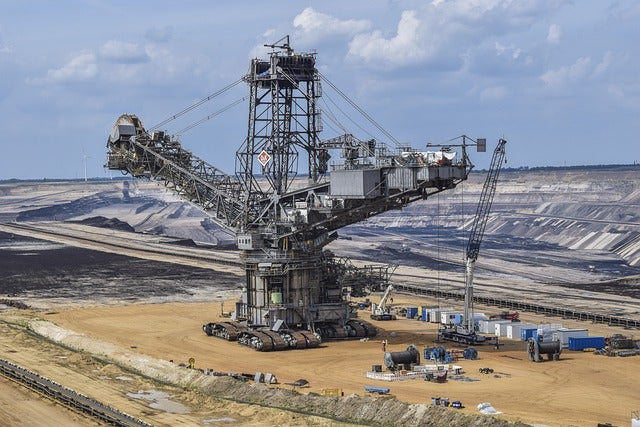
Canada Nickel Company has unveiled results from the Bankable Feasibility Study (BFS) for its wholly owned Crawford nickel sulphide project, located in Timmins, Ontario, Canada.
The BFS was prepared by industrial engineering and consultation provider Ausenco Engineering Canada in accordance with National Instrument 43-101 (NI 43-101) guidelines.
Its results confirm significantly improved economics from its Preliminary Economic Analysis (PEA).
The BSF results increase the after-tax NPV8% from the initial $2.5bn to $2.6bn, and IRR from 17.1% to 18.3%, with projected carbon capture and storage tax credits.
Crawford is expected to become the world’s second-largest nickel reserve, one of Canada’s largest carbon storage facilities and a net negative contributor of CO2 over the project life.
Canada Nickel CEO Mark Selby said: “This bankable feasibility study is a significant milestone for Crawford and a major step forward in demonstrating the value of our Timmins Nickel District and its potential to anchor a Zero Carbon Industrial Cluster in the Timmins-Cochrane region.
“Crawford is poised to be a leader in the energy transition through the large-scale production of critical minerals, including nickel and cobalt, and is expected to become the sole North American producer of chromium, while also supporting Canada’s climate objectives through industrial-scale carbon capture and storage.”
“We are fully focused on pursuing our next milestones of obtaining permits, developing a financing package, and moving towards a production decision by mid-2025, with a goal of first production by the end of 2027.”
According to the BFS, Crawford will be developed as a conventional open pit mine operation, planned to be constructed in two phases.
The initial phase comprising a 60ktpd throughput mill is estimated to cost around $1.9bn, and the second phase will double mill throughput to 120ktpd at a cost of $1.6bn.
It will be commissioned during the fourth year after a 24-month construction period.
The third phase is expected after 30 years, when the pits are already depleted, and the 120ktpd milling rate is satisfied from stockpiled lower-grade ore.
Crawford project will require peak capital of $1.7bn to build both phases, which is lower than the initial capital cost estimate of $1.9bn, with an overall payback period of 5.6 years.
The Canadian government will provide tax credits of more than $1bn over the project life, including both Critical Minerals and expected Carbon Capture tax credits.
The project is expected to produce 1.6 million tonnes of nickel, 24kt of cobalt, 490koz of palladium and platinum, 58 million tonnes of iron and 2.8 million tonnes of chromium over a lifetime of 41 years.






